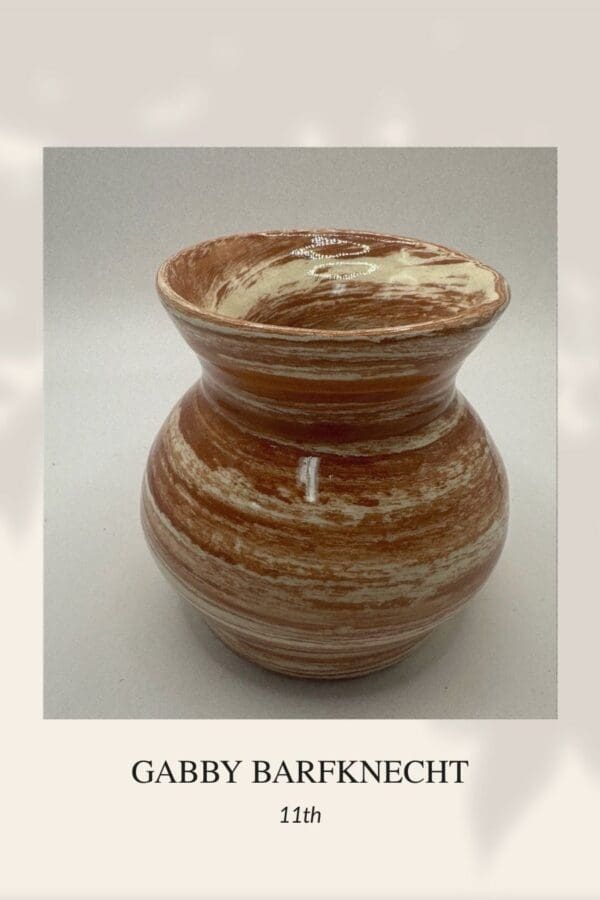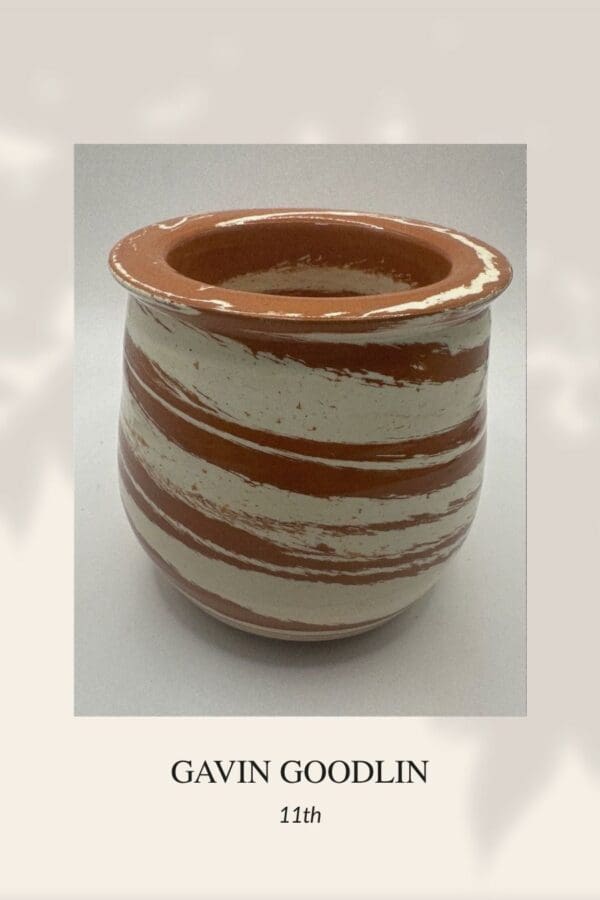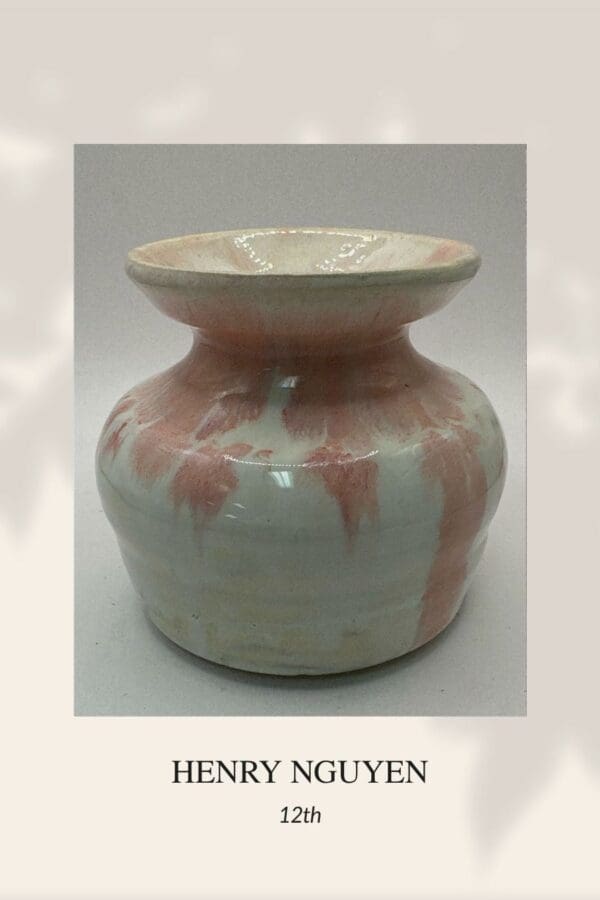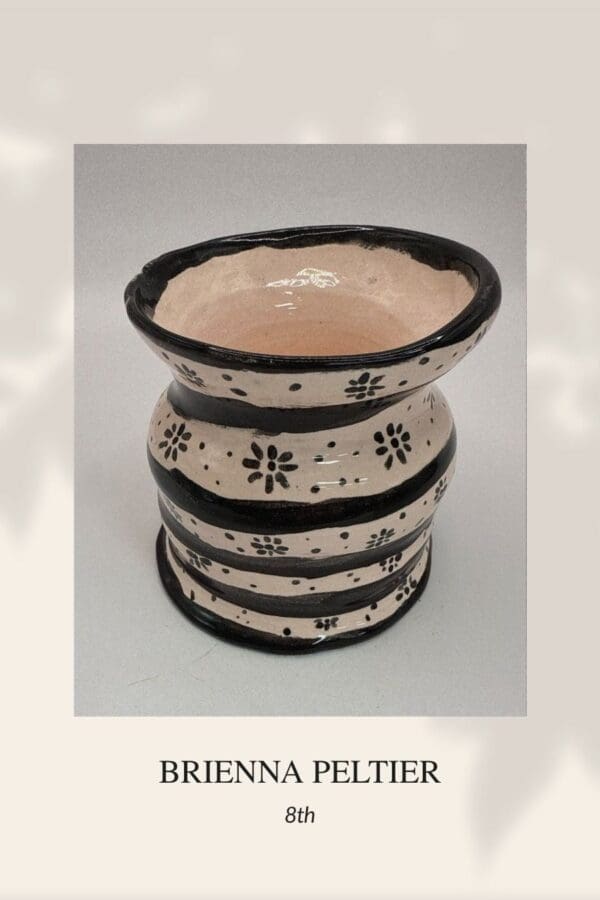Where Art Meets Faith and Science: Lessons from the Potter’s Wheel at Covenant
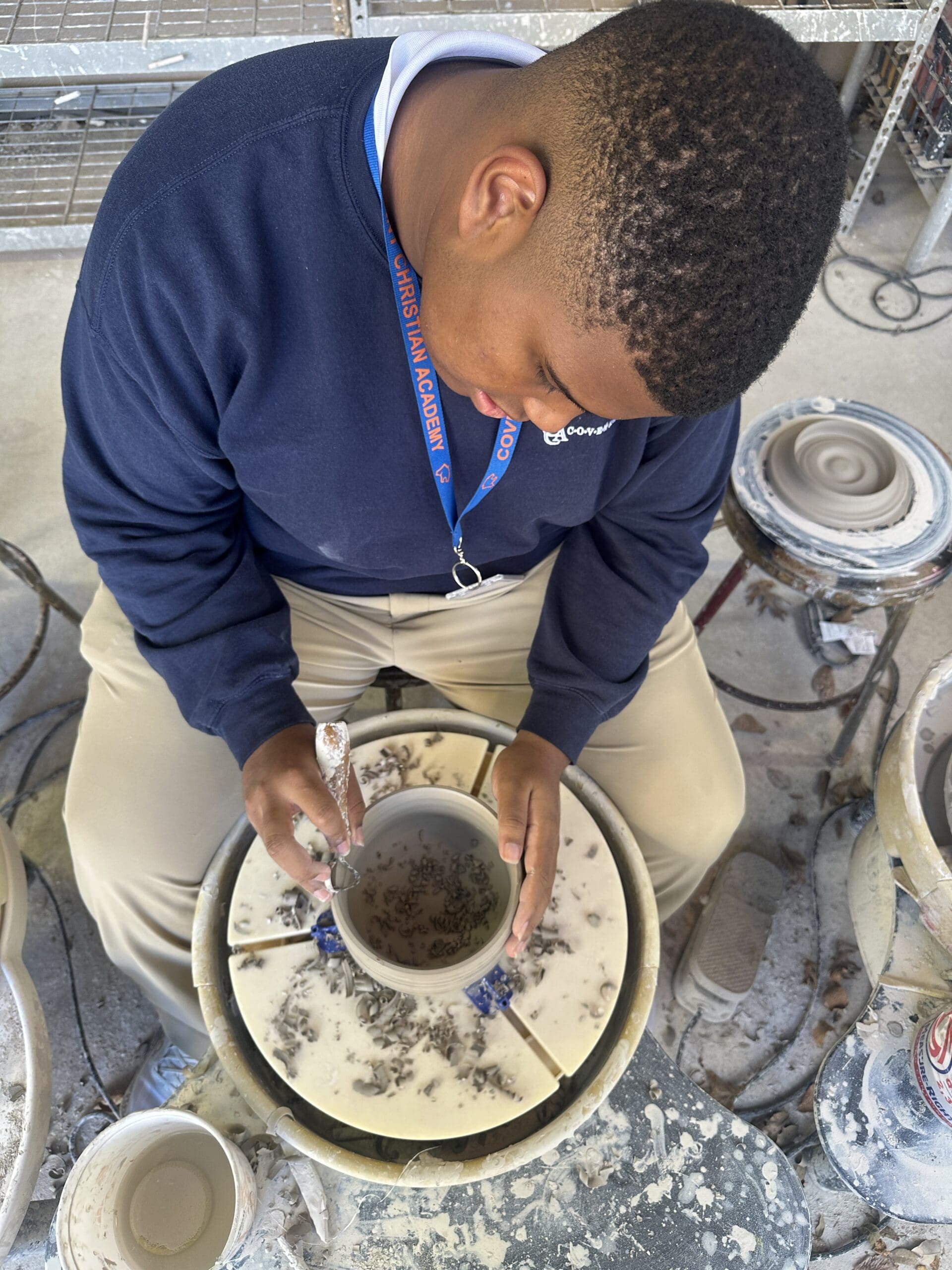
“But now, O LORD, you are our Father; we are the clay, and you are our potter; we are all the work of your hand.” —Isaiah 64:8 ESV
Few experiences are as captivating as watching a potter shape clay on the wheel for the first time. What begins as a simple lump of clay transforms into a vessel that embodies both beauty and purpose.
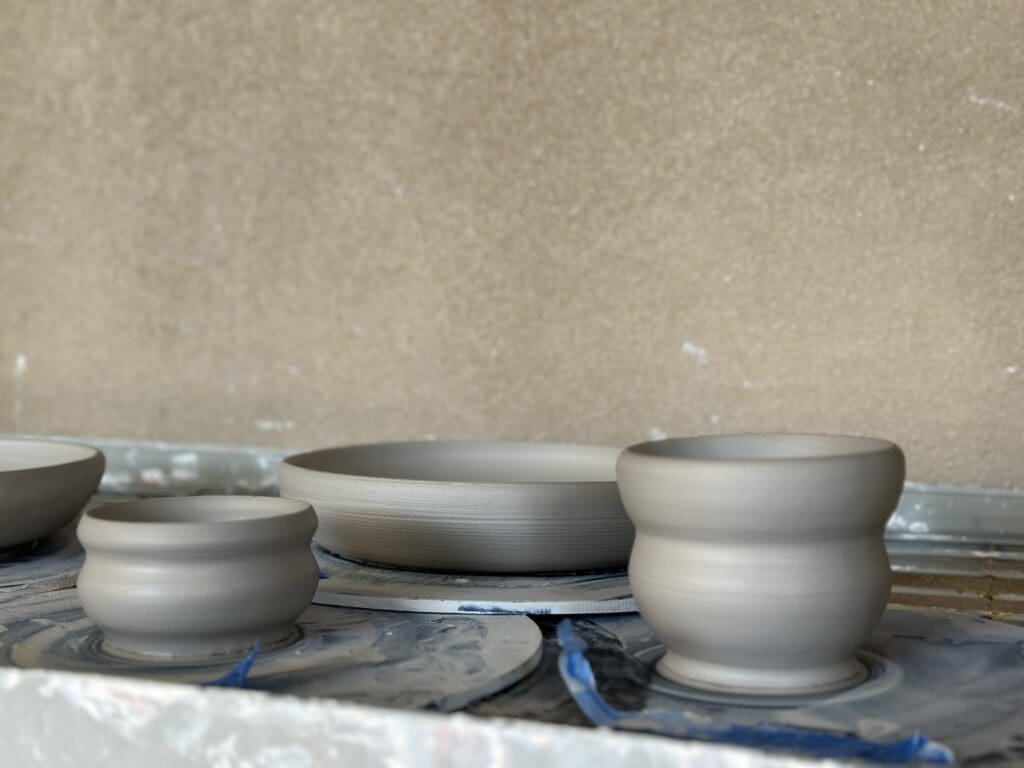
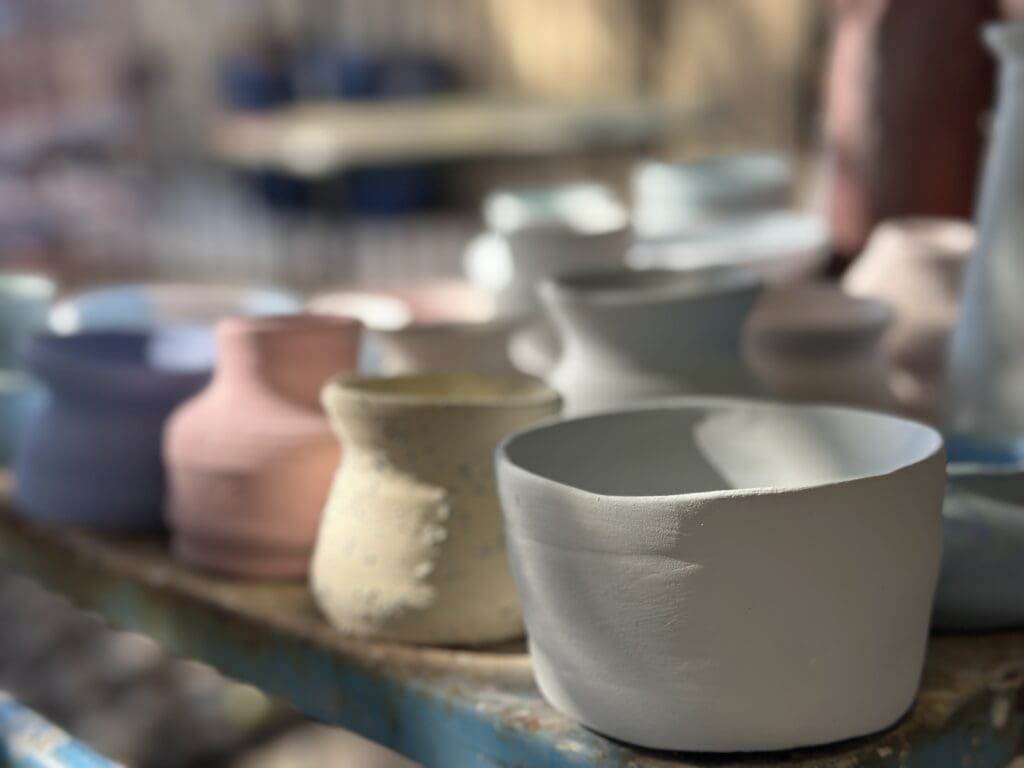
Scripture often describes humanity as clay and God as the potter. At Covenant Christian Academy, students experience this truth firsthand in the art studio as they learn to create clay vessels on the wheel. Each step of the process offers meaningful connections to faith:
1. Prepare the Clay
Students begin by wedging, or kneading, the clay to remove air bubbles and create an even consistency. This foundational step reminds us of how God prepares and readies our hearts for His work.
2. Center the Clay
Centering is often the most challenging step. The teacher guides students’ hands to apply just the right amount of pressure—too much and the clay collapses; too little and it drifts off-center. In the same way, God lovingly shapes and molds our lives, using both gentle and firm moments to bring us into balance and a sense of purpose.

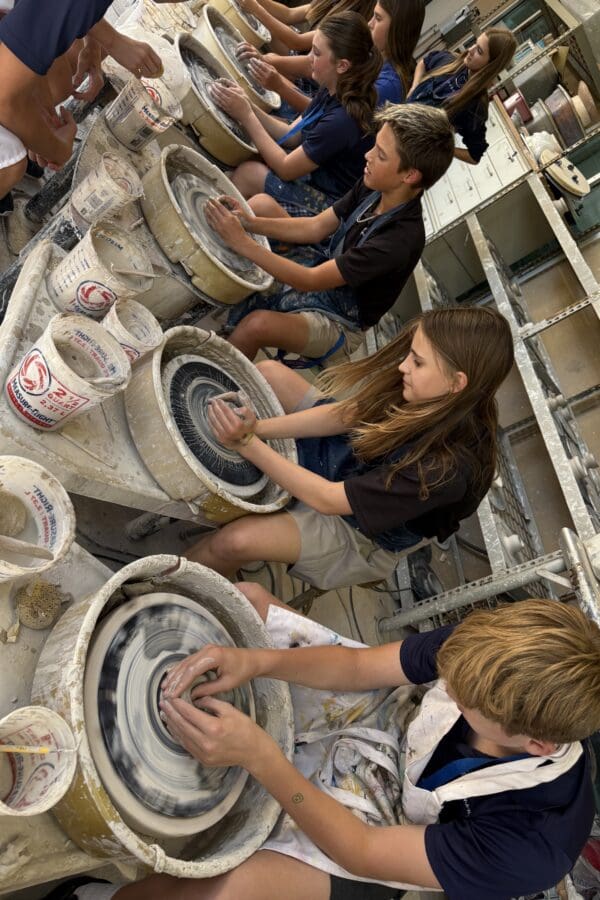
3. Open the Clay
Once centered, the student opens the vessel by pressing into the center of the clay. Steady, intentional pressure is required to form a usable bowl or vase. This step mirrors the patience and care God uses as He shapes our hearts and character.
4. Pull Up the Walls
With one hand inside the clay and one outside, the student gently lifts and thins the walls as the wheel spins. Repeated, careful movements build the height and thickness needed for a balanced vessel—much like the way our faith grows through consistent guidance and discipline.
5. Shape and Trim the Vessel
Hands and clay tools refine the piece into its final form—a bowl, cup, or vase. This reminds us that God’s shaping is ongoing, refining the details of our lives with precision and care.
6. Trim and Sand the Foot
The foot—the bottom of the vessel that rests on the table—must be carefully trimmed. A finished foot represents finishing strong and putting our best foot forward in all we do.
7. Let it Dry
Patience is essential here. Once removed from the wheel, the piece must fully dry before it can be fired, reminding us that growth and transformation take time.
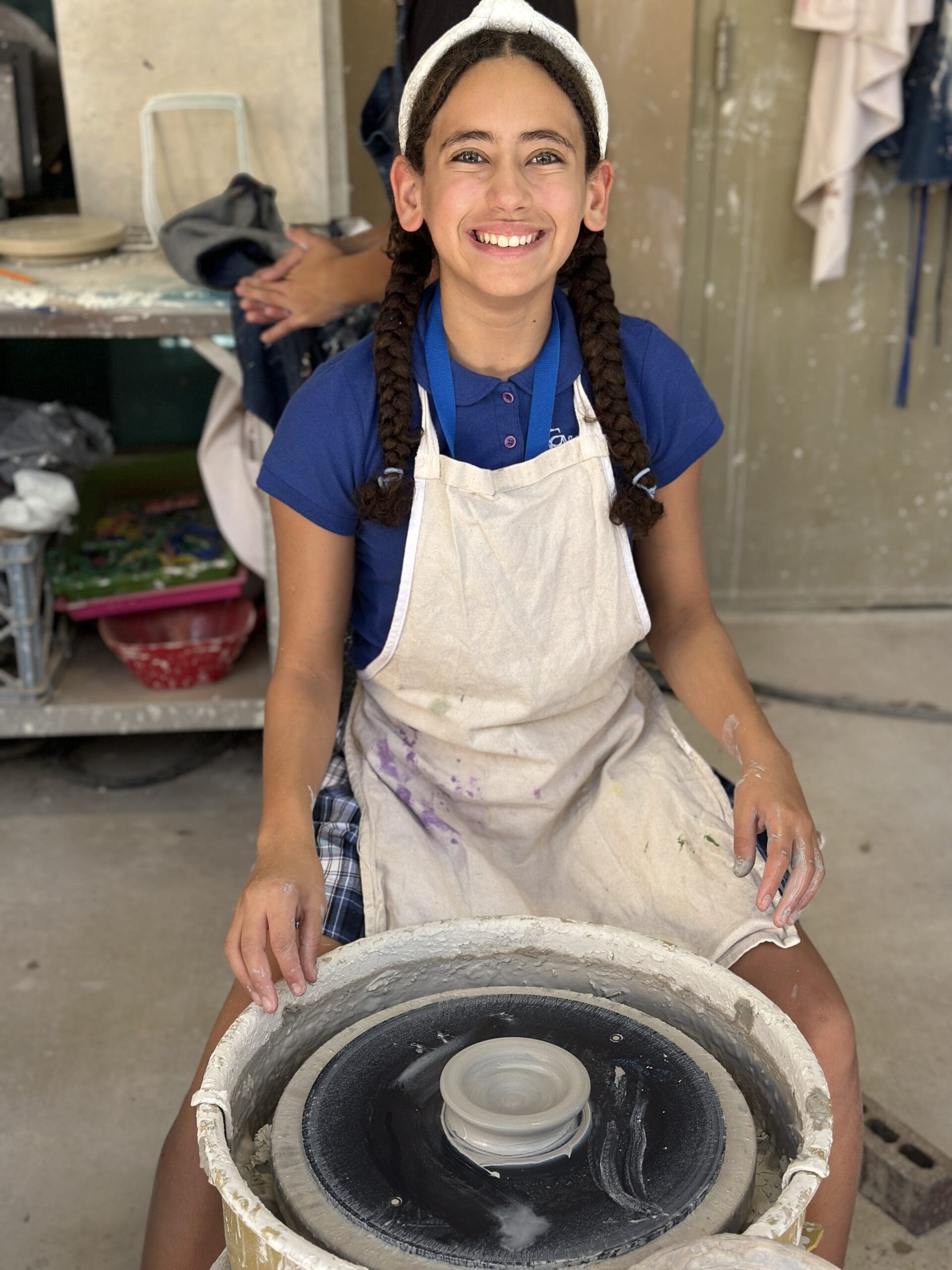
8. Fire in the Kiln
After drying, the pottery undergoes two firings: the bisque firing and the glaze firing, each lasting 15–20 hours at temperatures around 2,000°F. The process transforms fragile clay into a durable, beautiful vessel.
Pottery also beautifully illustrates the intersection of faith and science. Centripetal force keeps the clay moving in a perfect circle as students apply steady, intentional pressure to maintain control. Glazing introduces chemical reactions that transform the surface with vibrant colors and textures. These principles reflect the order and design God wove into creation, showing that art, faith, and science are deeply interconnected.
Each piece of pottery tells a story—not only of skill and patience but of transformation. As the clay yields to the potter’s hands, it becomes something new and useful. In the same way, when we yield to God’s shaping hand, we are formed into vessels of beauty and purpose, reflecting His creativity and grace.
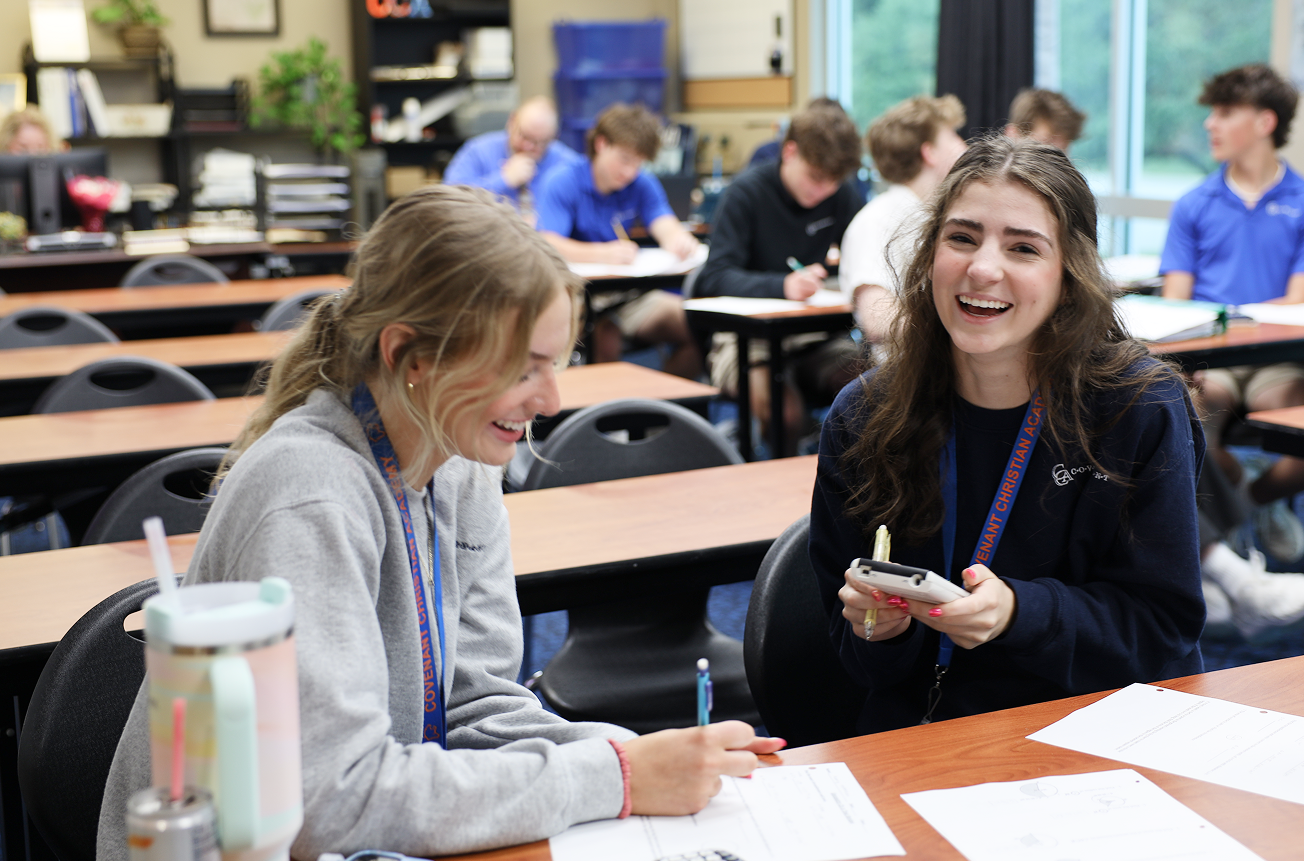
To learn more about our school,
extracurricular activities, and community, download a Parent Info Packet, or take the next step and schedule a visit today!


